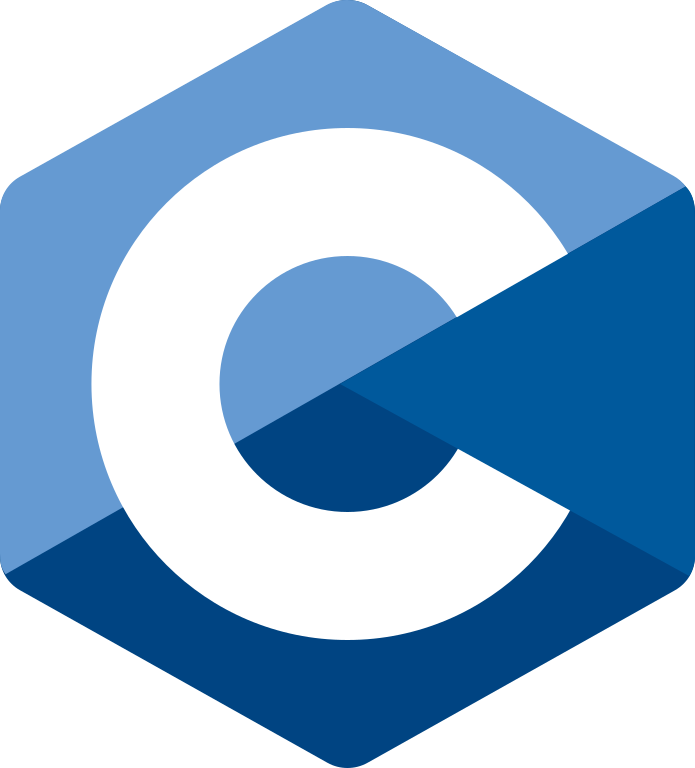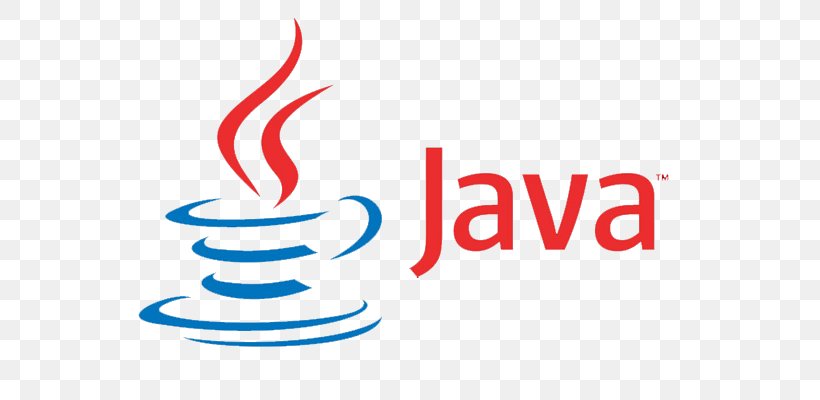Machine learning is a branch of AI and computer science which focuses on the use of data and algorithms to imitate the way that humans learn, gradually improving its accuracy.
IBM has a rich history with machine learning. One of its own, Arthur Samuel, is credited for coining the term, “machine learning” with his research (PDF, 481 KB) (link resides outside IBM) around the game of checkers. Robert Nealey, the self-proclaimed checkers master, played the game on an IBM 7094 computer in 1962, and he lost to the computer. Compared to what can be done today, this feat almost seems trivial, but it’s considered a major milestone within the field of artificial intelligence. Over the next couple of decades, the technological developments around storage and processing power will enable some innovative products that we know and love today, such as Netflix’s recommendation engine or self-driving cars.
- Trainer/in: vijay kumar lokanadam
- Trainer/in: Devika Natti
- Trainer/in: tarunkumar patnayakuni
- Trainer/in: Pravas Ranjan Sahoo
C is a general-purpose, high-level language that was originally developed by Dennis M. Ritchie to develop the UNIX operating system at Bell Labs. C was originally first implemented on the DEC PDP-11 computer in 1972.
In 1978, Brian Kernighan and Dennis Ritchie produced the first publicly available description of C, now known as the K&R standard.
The UNIX operating system, the C compiler, and essentially all UNIX application programs have been written in C. C has now become a widely used professional language for various reasons −
Easy to learn
Structured language
It produces efficient programs
It can handle low-level activities
It can be compiled on a variety of computer platforms

- Trainer/in: Pravas Ranjan Sahoo

Developed and created by John Gosling in1995 in Sun Microsystems, Java is a general-purpose, object-oriented programming language. It was developed and intended to follow the WORA concept which means Write Once Run Anywhere i.e. compiled Java code can run on all platforms that support Java without the need for recompilation. Java offers various applications in the area of mobile development, web application development being the major areas. Apart from this, it has applications in Desktop applications, Web servers and application servers, games, database connection. It also offers its support in embedded systems and scientific applications.

Java is divided into two parts i.e. Core Java (J2SE) and Advanced Java (JEE). The core Java part covers the fundamentals (data types, functions, operators, loops, thread, exception handling, etc.) of the Java programming language. It is used to develop general purpose applications. Whereas Advanced Java covers the standard concepts such as database connectivity, networking, Servlet, web-services, etc.

Python is a high-level, interpreted, interactive and object-oriented scripting language. Python is designed to be highly readable. It uses English keywords frequently where as other languages use punctuation, and it has fewer syntactical constructions than other languages.
Python is Interpreted − Python is processed at runtime by the interpreter. You do not need to compile your program before executing it. This is similar to PERL and PHP.
Python is Interactive − You can actually sit at a Python prompt and interact with the interpreter directly to write your programs.
Python is Object-Oriented − Python supports Object-Oriented style or technique of programming that encapsulates code within objects.
Python is a Beginner's Language − Python is a great language for the beginner-level programmers and supports the development of a wide range of applications from simple text processing to WWW browsers to games.

- Trainer/in: Dinesh Darbha
- Trainer/in: manager datapro